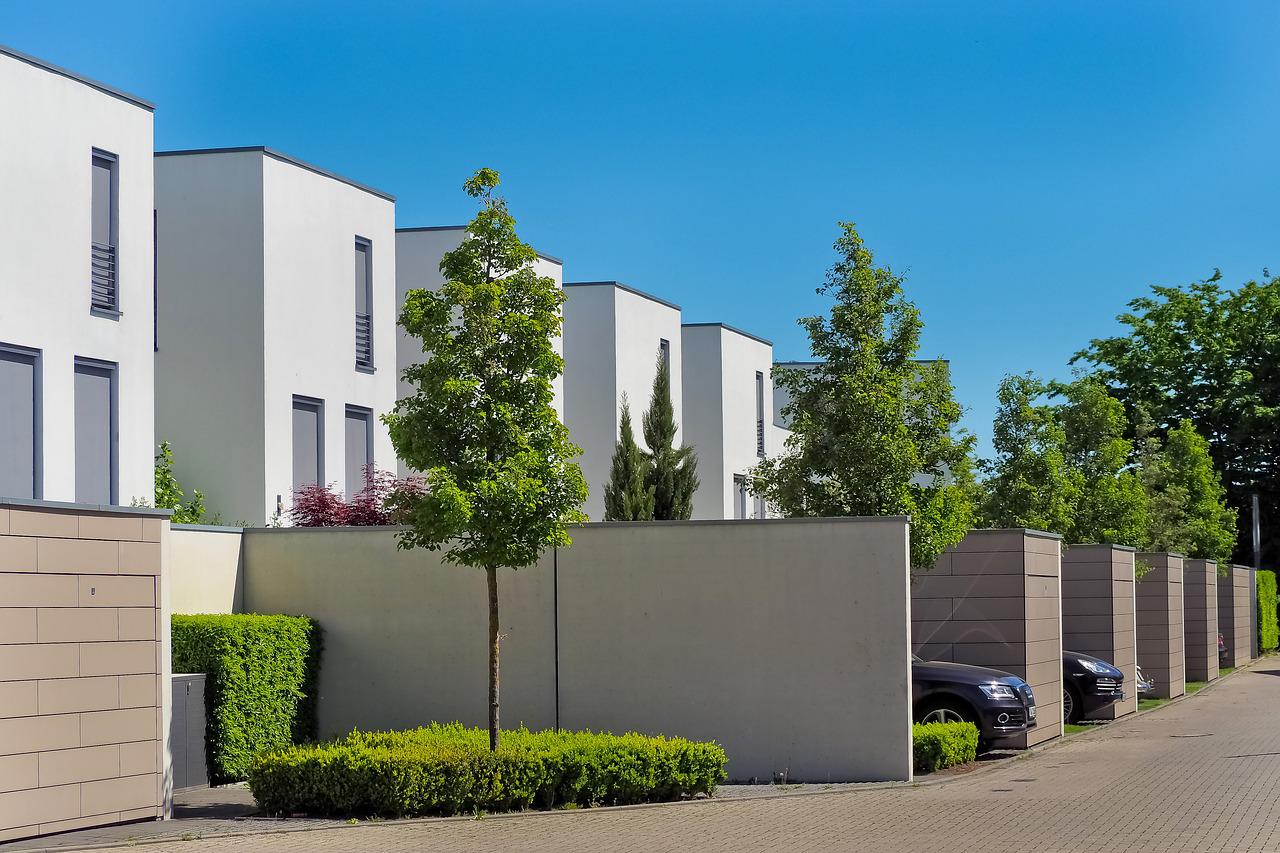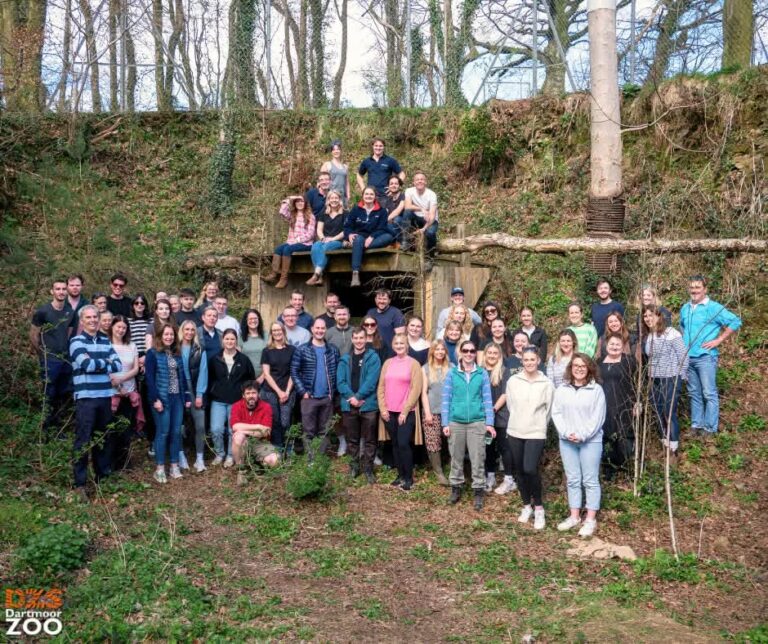Following on from last month’s Queen Speech and the subsequent publication of the draft Levelling Up and Regeneration Bill, we now have the first proper details of how the much-trailed Infrastructure Levy, intended to largely replace Section 106 and CIL, will work.
Infrastructure Levy
The Bill confirms the new levy will be charged on the value of property when it is sold and applied above a minimum threshold, with levy rates and minimum thresholds being set by local authorities, rather than a flat rate levy set nationally, as proposed in the original Levelling up White Paper.
In-kind payments will be possible which will allow the delivery of on-site affordable housing, however, a new ‘right to require’ will remove the need for negotiation in determining the portion of the Infrastructure Levy local authorities receive in-kind as on-site affordable homes. The Bill also requires local authorities to prepare Infrastructure Delivery Strategies (IDS) to plan effectively for spending Levy proceeds and delivering infrastructure.
While the Bill provides the framework for the new levy, the government has said much of the detail will be set out in future regulations. The Infrastructure Levy has the potential to be more flexible and respond to market conditions so payments reflect actual increases (and decreases) in gross development value, however, there continues to be widespread concern over how it will work in practise and weather these measures will deliver the desired levels of affordable housing and infrastructure, particularly in areas of low value.
We continue to monitor the Bill at is passes through the House of Commons and Lords to obtain Royal Assent and await further detail on the regulations.
To speak to a Development Consultant, please click here.





